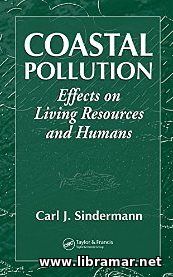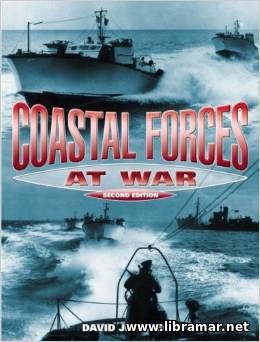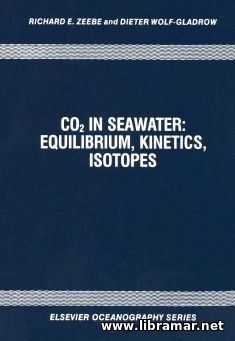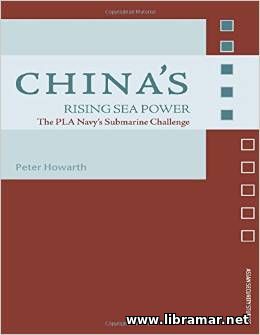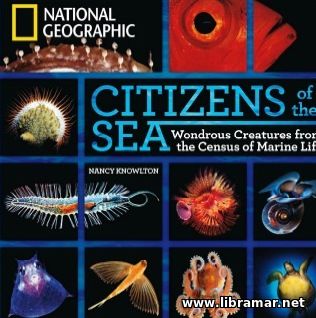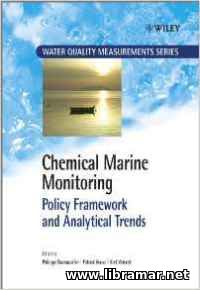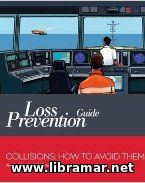
The COLREGs are considered the basics upon which the safe navigation of the vessels and their conduct are built. Specifically designed and released to be used on the navigational bridges of the vessels, this publication is expected to provide the necessary guidance and practical advice to the watchkeepers, starting from the cadets and up to the inspecting officers and Masters, on the most important collision avoidance rules.
The content of the volume has also been intended to be used as a basis to discussed during the training sessions and on-board meetings. Twelve collision avoidance rules have been discussed in the pages of this excellent guidebook - they have been specifically selected as these are the rules most commonly misinterpreted and breached. The book is also demonstrating of the readers how the collision avoidance rules are fitting together and also how exactly the proper interpretation and correct application of these rules could be influenced by the huge amount of information that is readily available today from the electronic aids.
The content of the guide concludes with a perfectly selected series of the collision cases and plotting sheets that can be used by the readers for the illustration of the developing situations on watch. Both questions included in the book and the case studies have been designed to serve as a starting point for the discussions on the various important aspects of the ship collision avoidance...
